
Join 10k+ people to get notified about new posts, news and tips.
Do not worry we don't spam!
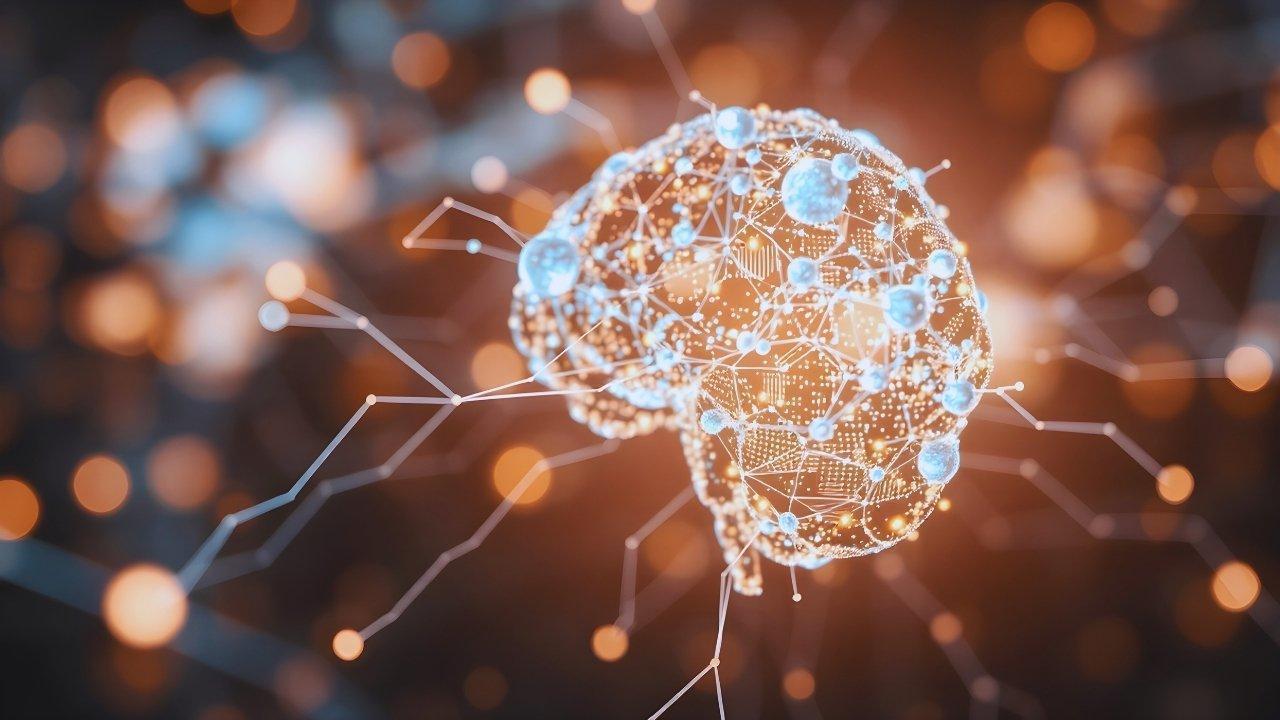
Post by : Anis Farhan
In a landmark moment for technology and creativity, researchers have unveiled an artificial intelligence model capable of producing art with depth, emotion, and originality rivaling human creators. This new algorithm, trained on vast datasets of art, music, and literature, represents a monumental leap in generative AI—one that challenges centuries-old notions of creativity, inspiration, and authorship.
The development signals a turning point not only in the field of computer science but also in the cultural world. For years, machines could mimic human creations, but now they are beginning to create in ways that are strikingly intuitive, emotionally resonant, and, at times, indistinguishable from human-made art.
The newly introduced AI model—designed by a consortium of leading research institutes—uses an advanced neural architecture that combines pattern recognition with creative reasoning. Unlike traditional generative algorithms that depend purely on imitation, this system employs conceptual abstraction, allowing it to form original artistic ideas rather than just reproducing learned styles.
According to researchers, the algorithm is trained through “multi-modal creative synthesis,” a process where it simultaneously analyzes images, sounds, and text to form creative associations. This gives it the capacity to compose music inspired by visual themes, or paint based on the rhythm of a poem—something previously thought to require human consciousness.
Its creators describe it as the first algorithm capable of cross-domain artistic creation, meaning it can blend genres, such as transforming a painting into a musical composition or writing poetry that reflects the mood of an image.
One of the most remarkable aspects of this breakthrough is the algorithm’s ability to convey emotion—something that has long separated human art from machine output. Using sophisticated affective computing models, the AI analyzes emotional cues in artistic data and encodes them into its creative process.
For instance, when generating music, the system can adjust tempo, harmony, and tone based on emotional intensity. In visual art, it alters color palettes and composition to express sentiment. Early demonstrations of its work show paintings that evoke melancholy, joy, or nostalgia—emotions the algorithm itself has learned to represent through observation and contextual understanding.
This has led experts to debate whether AI can truly “feel,” or if it simply mirrors emotional logic through pattern recognition. Either way, the results are astonishingly human-like, prompting a new philosophical discussion about the nature of emotion in art.
The implications of this innovation extend across multiple creative sectors. From entertainment to advertising, the possibilities are enormous:
Music Composition: The algorithm can compose symphonies or pop melodies tailored to audience mood, with outputs already being tested by music producers.
Film and Animation: Studios are exploring AI-generated visual storytelling, where the system creates entire storyboards, dialogues, and cinematic sequences.
Fashion Design: Designers are experimenting with AI that interprets cultural moods to craft original styles and textile patterns.
Advertising and Branding: AI-generated visual content and taglines are being used to personalize marketing campaigns in real-time.
By bridging artistic expression with analytical intelligence, this algorithm could redefine how creativity functions in industries that once depended solely on human imagination.
A major point of contention surrounding AI-generated art is originality. Can an algorithm that learns from millions of human artworks truly create something “new”?
Supporters argue that AI creativity is a continuation of human inspiration—after all, artists have always drawn influence from others. Critics, however, contend that AI lacks personal experience, a vital ingredient in art’s emotional authenticity.
To address this, developers have introduced creative variance parameters—a setting that allows the algorithm to deviate from learned data and explore abstract, novel combinations. Early tests show that its works often surprise even its creators, demonstrating autonomous artistic decisions that can’t be easily traced to existing references.
This has led to comparisons between AI-generated art and the early 20th-century movements like Cubism or Surrealism—innovations that broke traditional forms and redefined artistic perception.
Public reaction to AI art has been mixed but deeply engaged. When AI-generated paintings were exhibited in major galleries, visitors were unable to consistently distinguish between human and machine-made works. Some pieces were praised for their subtle emotion and fluid technique, while others sparked debate about authenticity and artistic value.
Critics note that while AI art may be technically proficient, it often lacks the human story—the personal struggle, cultural background, and lived experience that define great art. Yet many also acknowledge that art’s evolution has always been tied to technology, from the invention of photography to digital art.
One prominent art historian described the algorithm as “a mirror to our collective imagination,” suggesting that the beauty of AI art lies not in replacing human creativity but in expanding it.
With great innovation comes complex ethical challenges. AI-generated art raises pressing questions about copyright, authorship, and intellectual property.
If an AI produces a painting or musical score, who owns it—the programmer, the user, or the machine itself? Many jurisdictions currently grant ownership to the human operator, but legal scholars argue that as AI autonomy increases, traditional frameworks may no longer suffice.
Moreover, there’s growing concern about cultural appropriation in AI training data. Since the model learns from publicly available works, it can inadvertently replicate cultural styles without proper attribution. Researchers are now developing transparency tools to trace creative origins and ensure ethical use of artistic data.
The arrival of AI with human-level artistic ability has stirred anxiety within creative communities. Many fear that automation could devalue traditional artistry, making human creators obsolete.
However, experts suggest a more collaborative future. Rather than replacing artists, AI is expected to act as a creative partner—a tool that enhances imagination rather than diminishes it.
Visual artists already use AI to generate rough concepts or explore new color dynamics. Musicians leverage AI for harmonization, while writers use it to overcome creative blocks. This partnership model positions AI as a co-creator, allowing humans to focus on emotional depth while machines handle repetitive or technical tasks.
In this light, the relationship between human and artificial creativity becomes symbiotic—a blend of emotion and computation, intuition and precision.
Behind this achievement lies years of experimentation in neural networks and cognitive modeling. The research team combined transformer-based language models with convolutional neural visual networks, integrating auditory modules to simulate human sensory learning.
The result is an algorithm capable of cross-referencing emotional cues from different sensory domains. For instance, it can interpret the rhythm of a musical composition and apply its emotional tone to a painting’s visual structure.
To train the system, researchers used a dataset that included millions of artworks, musical pieces, and literary texts, each annotated for mood, style, and cultural context. The algorithm learned not just patterns but relationships between feeling and form, a critical factor in its success.
This form of multi-sensory training may represent the next evolution in AI—one that moves closer to machine intuition, where systems learn meaning rather than just data.
The AI creativity project has been a joint effort among several research centers in Europe, Asia, and North America. Cross-cultural collaboration ensured diversity in artistic input, allowing the system to learn from multiple traditions—Eastern calligraphy, African rhythm, European classical art, and modern digital styles.
This diversity is crucial because creativity thrives on contrast. By exposing the AI to a wide range of cultural aesthetics, researchers enabled it to generate hybrid art forms that transcend geography and tradition.
The model’s outputs often blend influences from different cultures, creating entirely new styles that resonate globally. Such creative synthesis showcases not only the algorithm’s technical strength but also the power of multicultural learning in fostering innovation.
The success of this AI raises profound philosophical questions about the future of creativity itself. If machines can replicate the emotional resonance of human art, what role will human imagination play in the decades ahead?
Some futurists argue that AI will push humanity toward higher forms of creativity—where humans focus on conceptual and ethical dimensions of art rather than technical execution. Others warn of a creative homogenization, where algorithmic trends shape artistic taste.
Yet one undeniable truth remains: creativity, whether human or artificial, thrives on curiosity and discovery. The new AI model is not an endpoint but a mirror of human potential, reminding us that creativity is a shared journey between mind and machine.
The emergence of AI capable of human-level creativity marks a defining moment in the relationship between technology and art. This algorithm does not merely imitate—it imagines, interprets, and innovates.
While debates over authenticity and ethics will continue, this breakthrough proves that creativity is not limited by biology but driven by intelligence—human or artificial.
As we step into an era where machines can paint, compose, and write with genuine expression, the boundaries of art are no longer fixed. They expand with every new creation, blurring the line between human emotion and machine cognition.
The age of collaborative creativity has begun, and its possibilities are as infinite as imagination itself.
This article is based on current research and expert commentary regarding recent AI advancements in creative generation. Developments in the field are ongoing, and interpretations may evolve as technology progresses.
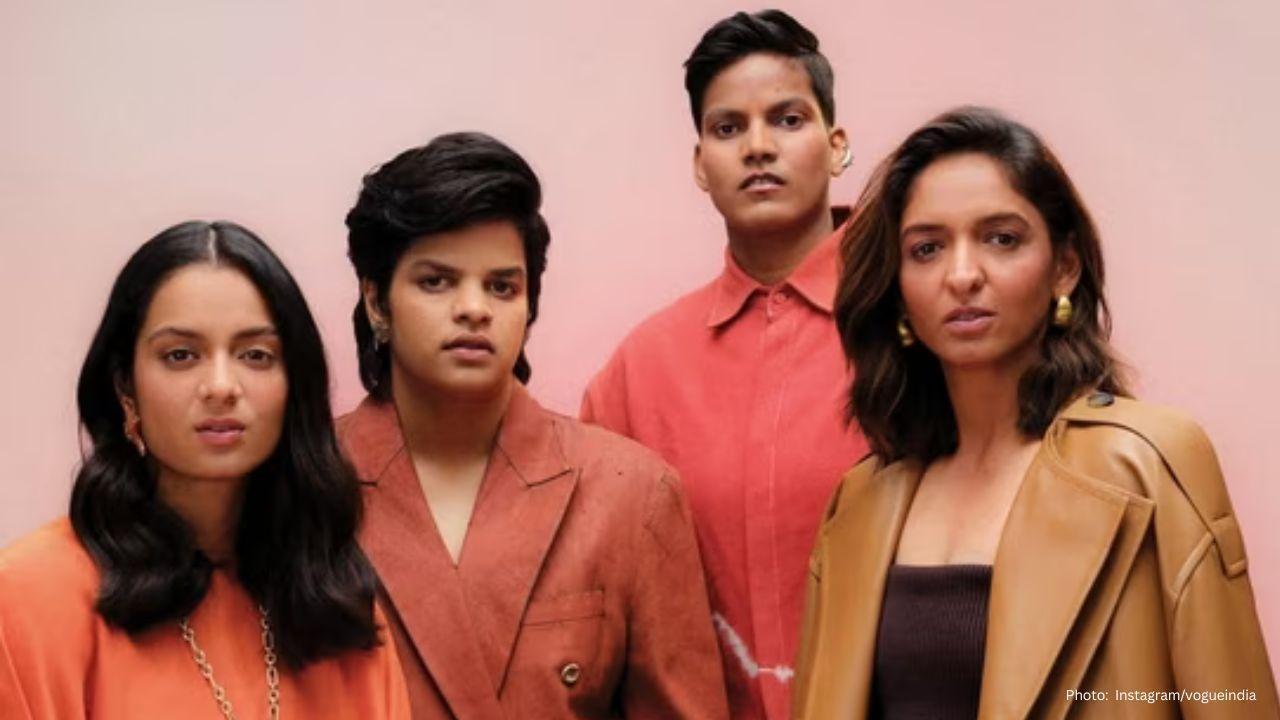
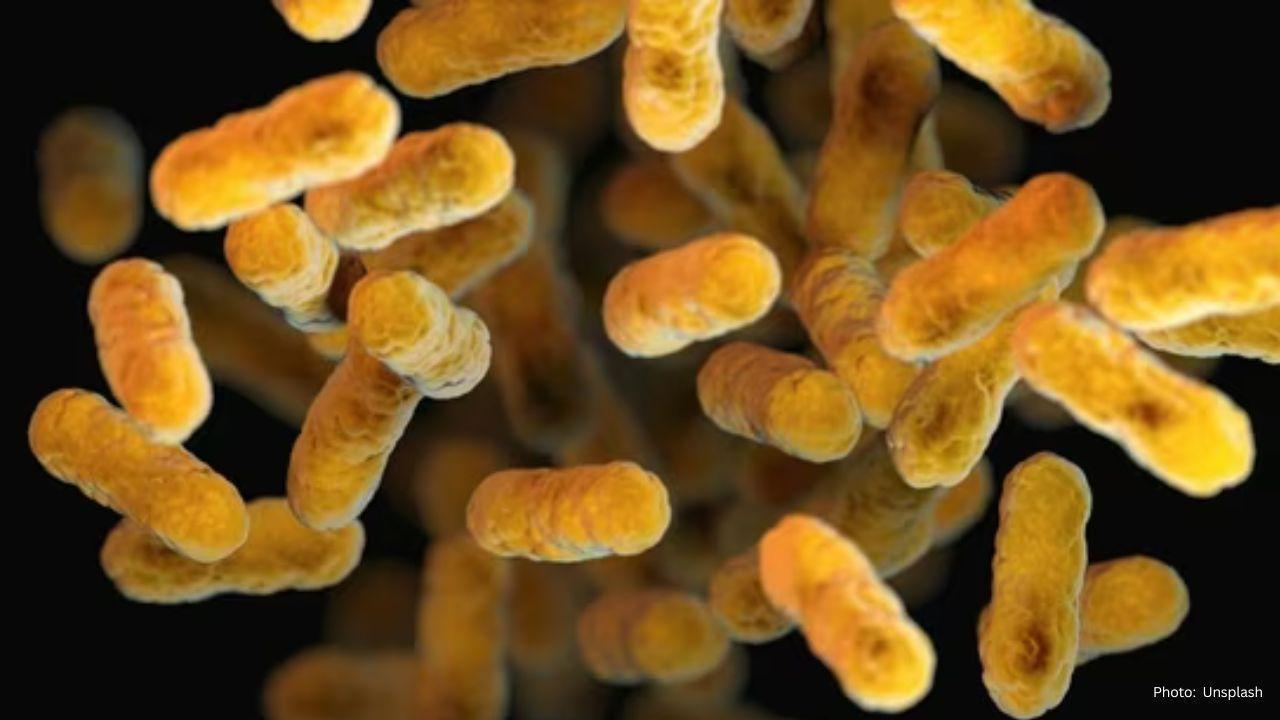

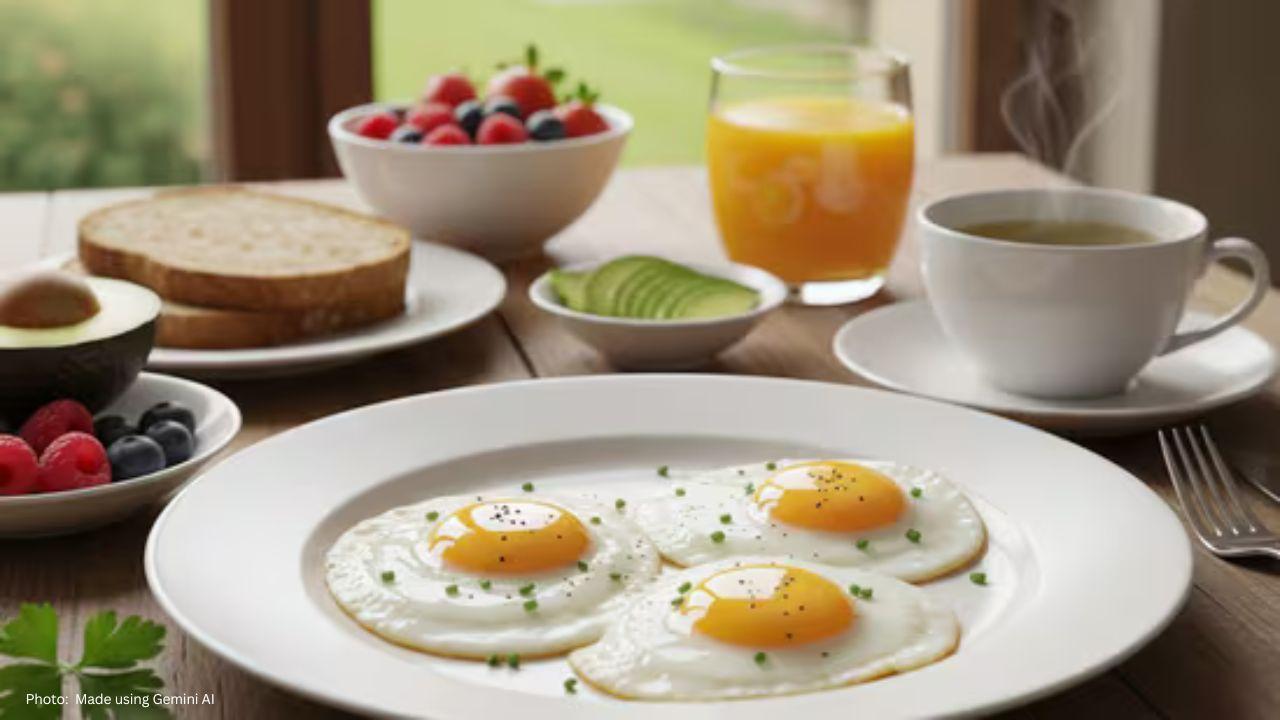

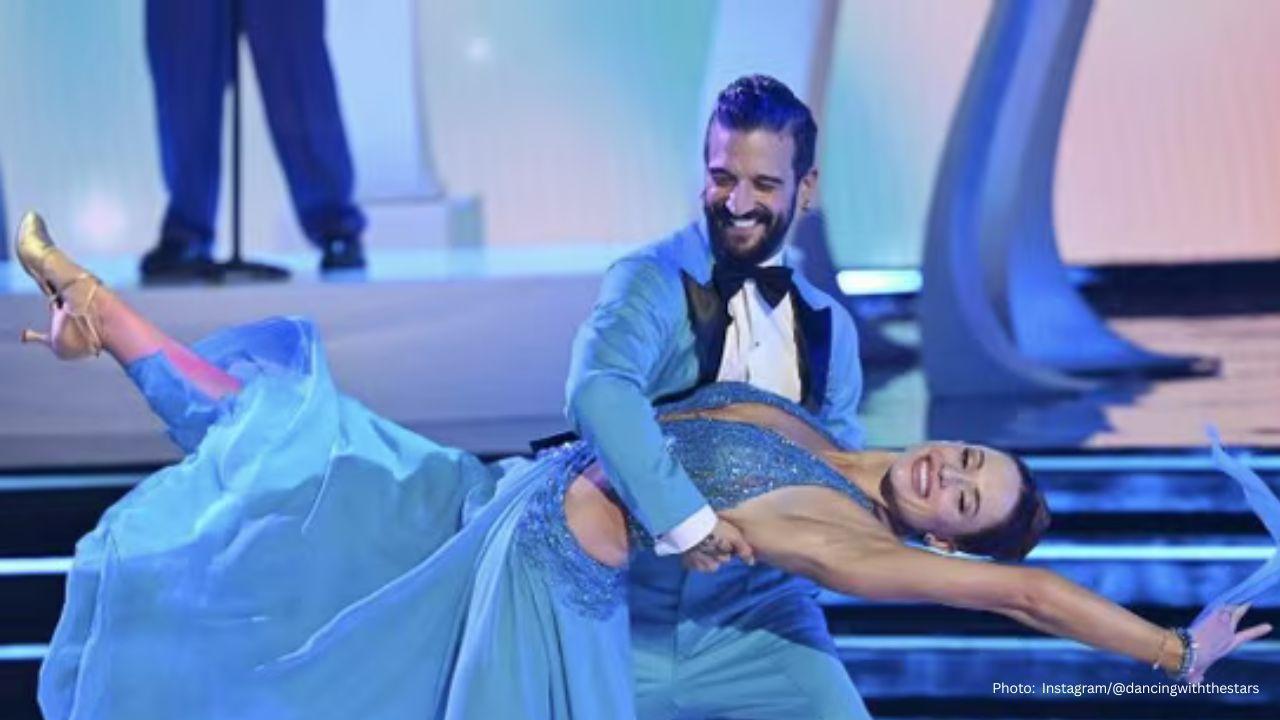
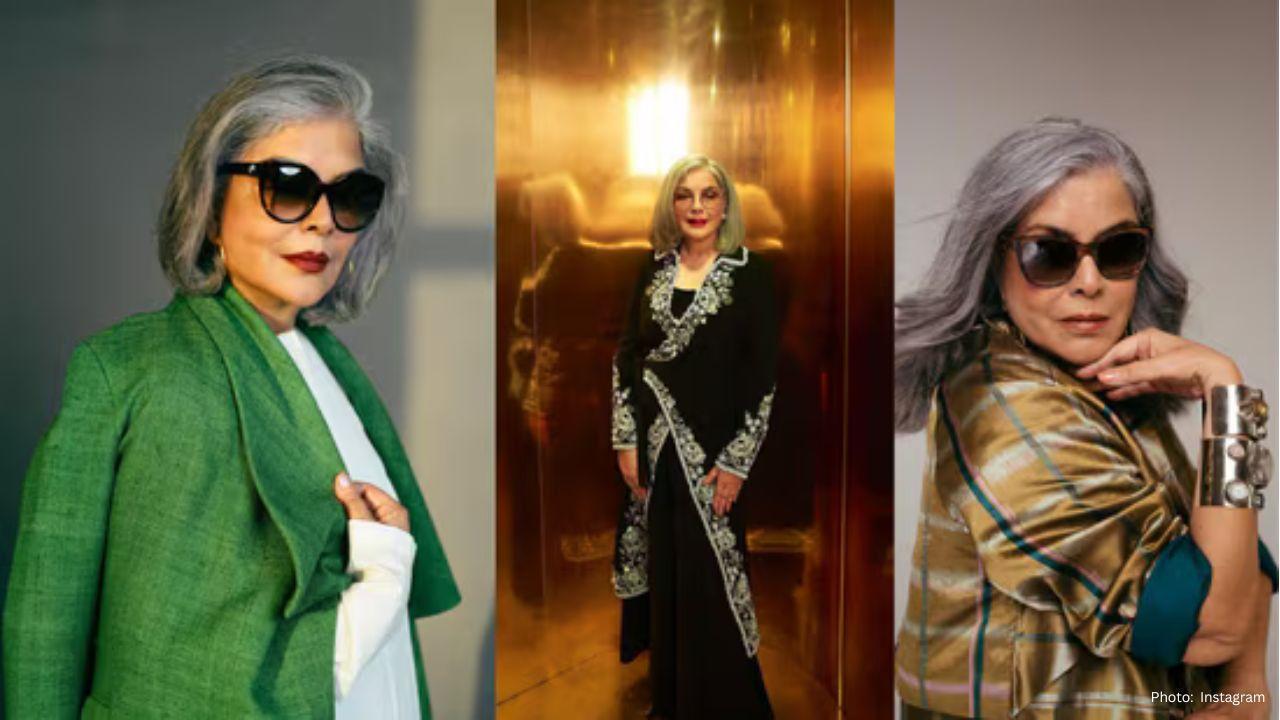

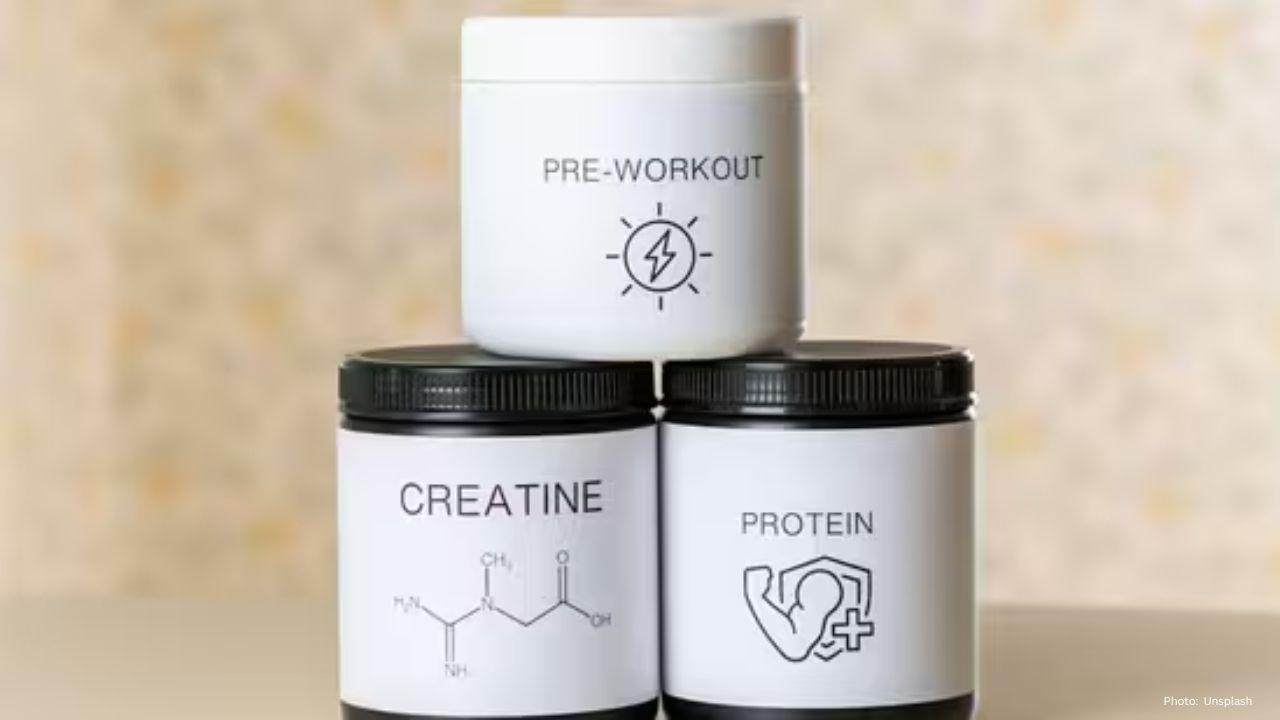
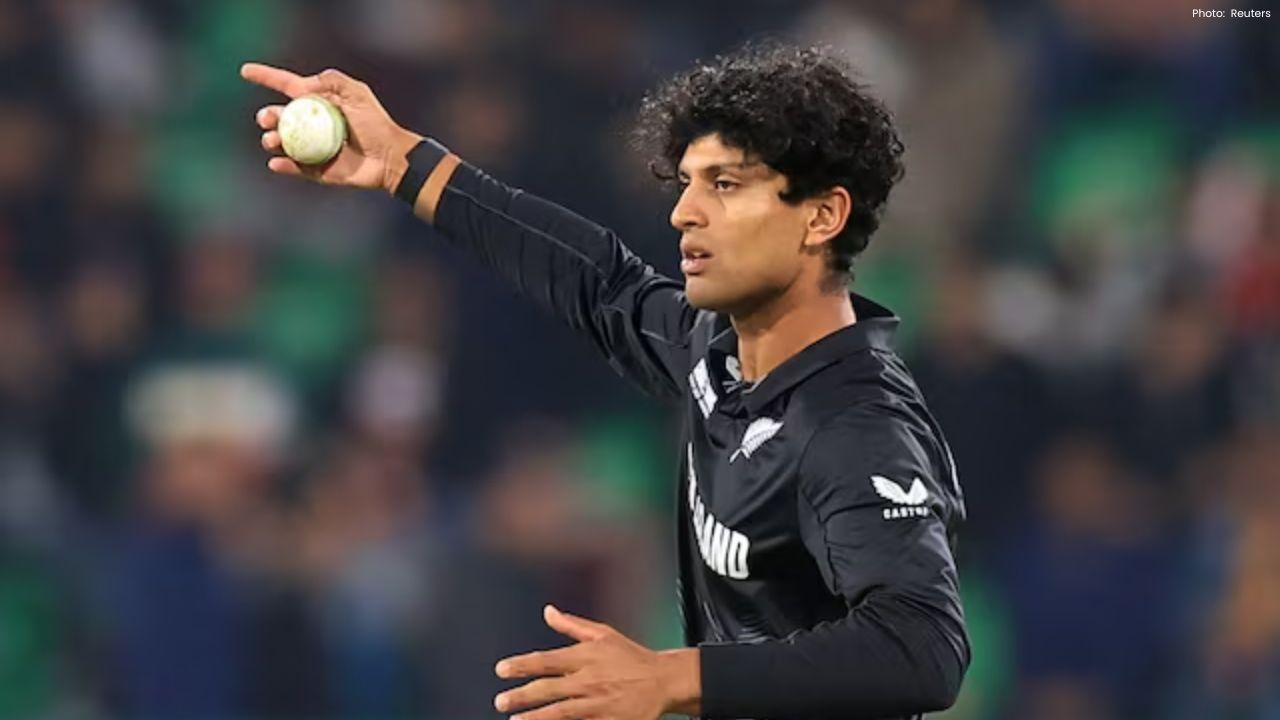
Conway Shines as New Zealand Edges Out West Indies in Napier
Devon Conway and Rachin Ravindra propel New Zealand to a five-wicket victory over West Indies, clinc

Ja'Marr Chase Faces One-Game Suspension Following Spitting Incident
Bengals' Ja'Marr Chase receives a one-game suspension after spitting on Jalen Ramsey; his appeal has
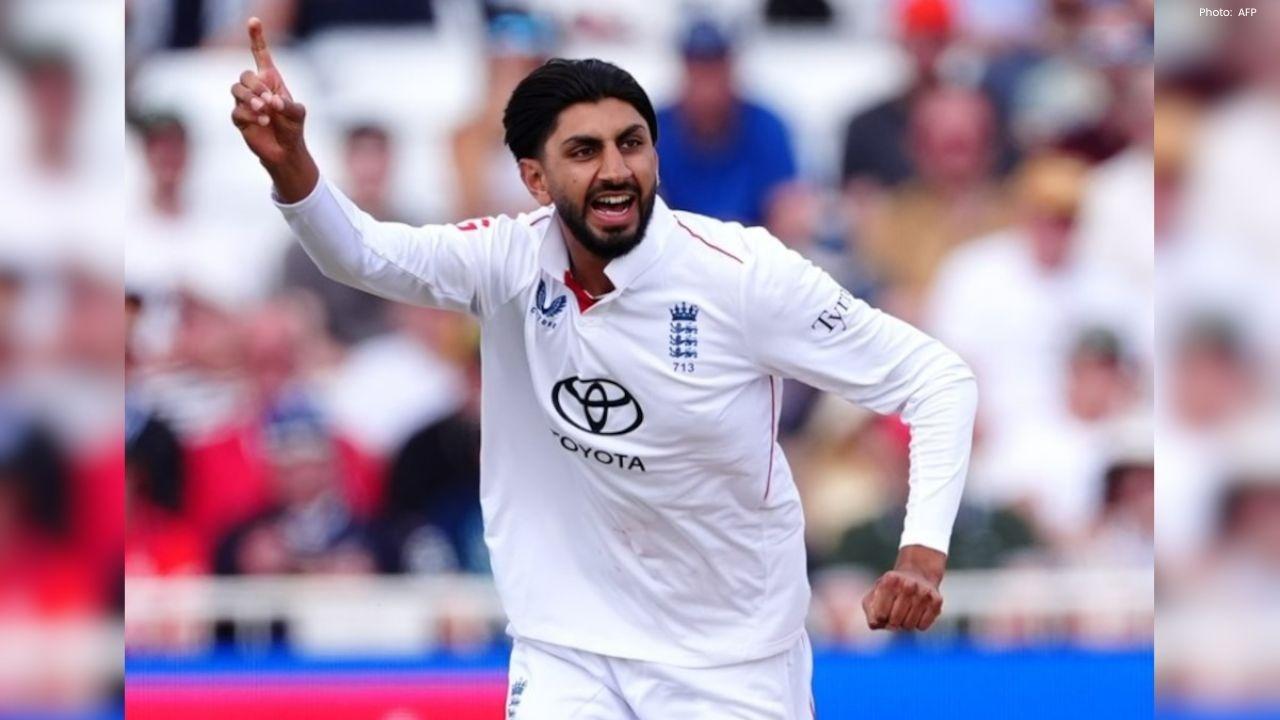
England Names 12-Man Squad for Opening Ashes Test in Perth
England reveals a 12-man squad for the first Ashes Test in Perth, featuring Shoaib Bashir and a pace

Roger Federer Inducted into Tennis Hall of Fame in Historic First Year
Tennis icon Roger Federer receives Hall of Fame recognition in his first year, alongside renowned co

Steve McClaren Steps Down as Jamaica’s Head Coach Following World Cup Qualifying Draw
After a crucial goalless draw with Curacao, Steve McClaren resigns as Jamaica's head coach, leaving

Daryl Mitchell Tops ICC ODI Rankings, Updates Released
Daryl Mitchell ascends to No.1 in the ICC ODI rankings, with boosts for players from New Zealand, In